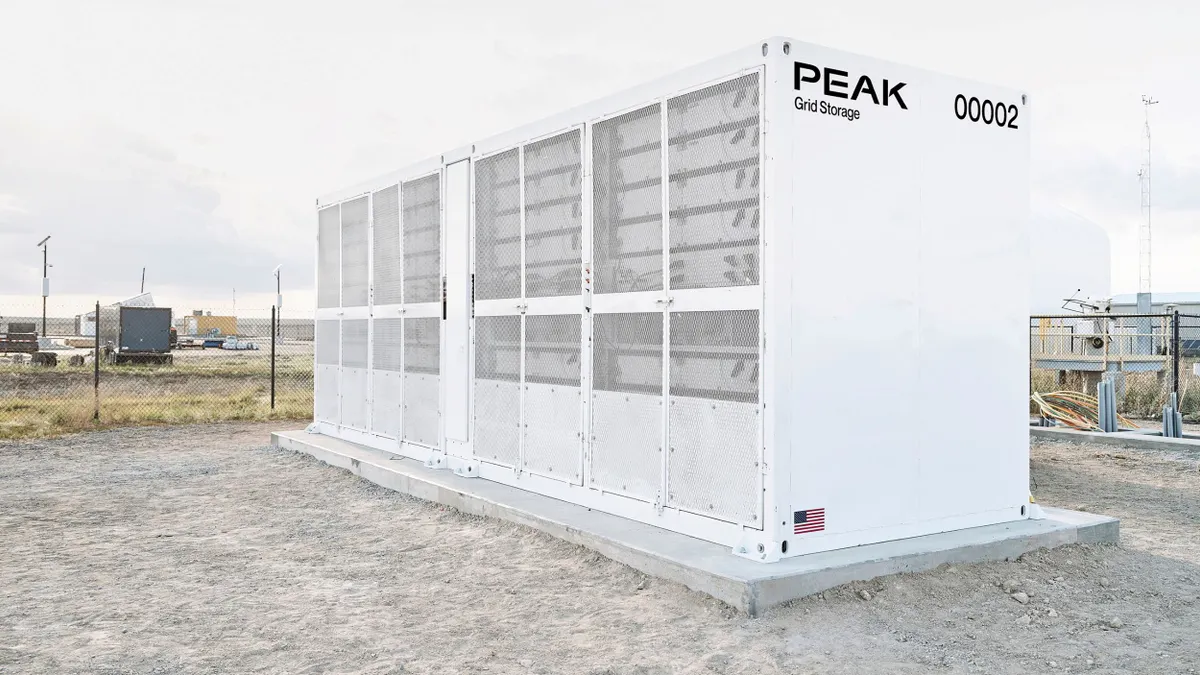Editor's Note: The following piece has been revised since it was originally published on August 29.
For the last few years, Oklahoma Gas & Electric (OG&E) has been at the leading edge of the utility industry's long-standing flirtation with dynamic pricing.
OG&E's popular SmartHours dynamic pricing program exceeded industry expectations early on and the industry took note. J.D. Power & Associates recently ranked the utility first in customer satisfaction among large Southern utilities and the SmartHours program played a big part in achieving that ranking, according to the utility.
But while the program is on track to meet its enrollment goals for 2014, it will likely miss its overall load reduction targets.
As a result, the utility will continue to promote the program in 2015 rather than going into maintenance mode, where it would simply look to replace customers who have moved away or dropped the plan. The plan has been popular with customers and is an important part of the utility's overall demand reduction strategy.
Why SmartHours will fall short in 2014
The goal of the program was to achieve a 210 MW load reduction, according to Mike Farrell, OG&E's director of customer programs, but the program will probably end the year with a reduction around 160 MW to 170 MW.
"We're a little bit behind, and part of it is really due to weather. It's hard to weather-normalize demand reduction unless you have a few data points to work with, and we kind of started out the first couple of years with all-time record temps," he said. Additionally, some 30% of program participants are not using the utility's programmable thermostat and instead only receive pricing data.
"When customers don't have that enabling technology, we see about a third of the demand reduction versus if they do," Farrell said. "Looking back, we thought everyone would want a thermostat, but there are a lot of people without central heat and air ... and a few of them have a thermostat that is better than ours, or they just like theirs."
OG&E's SmartHours program was launched in 2012 with a goal of reaching 120,000 participants by the end of 2014. The utility signed up more than 80,000 customers by the end of 2013 and currently has about 111,000 enrolled participants.
The program uses a smarter grid to send pricing signals to ratepayers through the web, and provides customers with programmable thermostats. As part of the program, pricing during peak hours of 2 p.m. and 7 p.m. during the week is based on demand and customers pay a lower rate outside those hours.
The future of SmartHours
By 2020, the company’s goal is to enroll and maintain approximately 20% of residential customers into the SmartHours program.
In testimony filed last month along with the utility's 2014 Integrated Resource Plan, Concentric Energy Advisors Chairman and CEO John Reed testified that the SmartHours and other demand-side management programs "have reduced OG&E requirements by approximately 1% per year." But with the growth of those programs stagnant after 2020, "I recommend that OG&E include some modest increase in DSM beyond the 2020 period in its next IRP, which I understand will be filed in 2015."
According to Farrell, OG&E doesn't have a concrete strategy for its demand response programs post-2020, hence the flat-lined growth rates. The utility has a goal of deferring the addition of new fossil fuel capacity until then, and has put in place a strategy calling for new wind energy, additional transmission in western Oklahoma to enhance the delivery of wind energy, new customer energy efficiency programs, smart grid-supported demand response, and terminating wholesale electricity sales contracts.
The utility told regulators in its IRP that it has retired 237 MW of aging and less-efficient power plants, added 671 MW of wind energy and constructed multiple transmission lines that support wind energy development in the region.
"OG&E also restructured existing demand reduction programs, added a combination of new energy efficiency and demand response programs, including the technology enabled SmartHours program, and announced the termination of 300 MW of wholesale contracts by 2015," the utility said in its IRP. "As a result of these actions, OG&E’s customers have benefited in the short term through lower costs and the company is better positioned to address an uncertain environmental future."
The average customer enrolled in the SmartHours program saved $150 over the 2013 summer by taking advantage of a 5-cent/kWh non-peak price. During peak times there is a four-tier pricing plan depending on demand, with high-end "critical" prices reaching 43 cents/kWh. A standard residential customer not enrolled in the plan pays about 11 cents/kWh.
"Less than 1% [of SmartHours customers] did not save on this rate compared to what they would have incurred on the standard residential tariff," Farrell said.
The program is not perfect and OG&E admits that. The utility now has to do in-home installations and there are occasional technology glitches in the thermostat connecting to the meter.
"We've been very up front and honest with customers," Farrell said. "It's new technology and it's not going to be perfect."






















